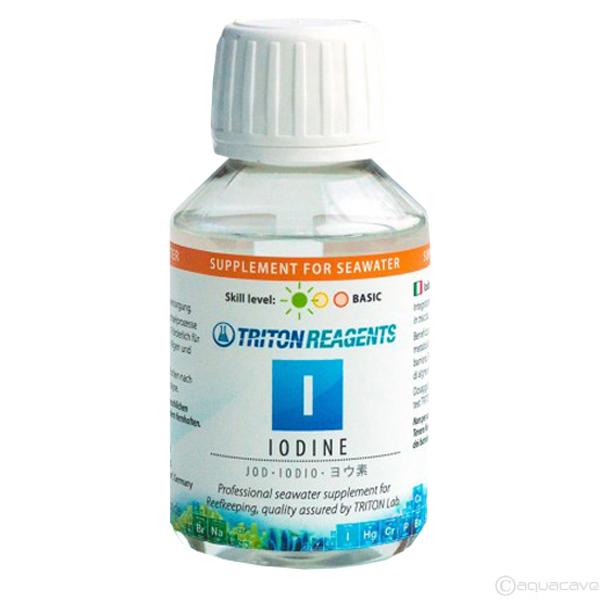
Carbo-loading foods can also be useful before long hikes or races. These types activities require large amounts of energy. Carboloading foods can help prevent muscle loss. If you don't plan on running an ultramarathon or long marathon, carbo-loading is not recommended.
Carbo-loading is a term that refers to carboloading meals, which are eaten within the hours and days prior to endurance events. It is important to remember that you should only eat foods with a low glycemic index, since this can reduce the effect on your blood glucose level. A high-protein meal, for instance, is a better choice than a large pasta dinner, which could increase your performance.
In general, a healthy diet should include at least a few carbo-loading foods. Two to three days prior to an event is the best time to carb load. You will have your muscles well-rested so they are ready to work. Aim to consume 2.3 to 5.8 grams of carbohydrate per kg of body weight every day. For those who are anxious or uneasy about their caloric intake, you can snack on crackers, chicken soup, and other easy-to-eat foods.
During exercise, glycogen stores last about 30 minutes. The time it takes to store glycogen can be extended by carboloading your meals before you start a workout. This means you'll have more energy for endurance, and less time to feel fatigued. This can make it easier to run a marathon, or for intense training. If you are concerned about your diet, you may donate any left-over carbohydrates to Missoula Food Bank. You won't regret it!
Carbo-loading is not likely to be a benefit for professional athletes in long-distance events. The average basketball game, soccer game, or football game lasts approximately two hours. Because runners tend to spend their training days sitting around, it is unlikely they will be able gain the benefits of carbo loading before a marathon. But for those who compete in marathons, the benefits can be great, as the extra carbohydrates can help their bodies recover during the long run.

A carbohydrate load is important when training for a marathon. Marathoners should typically eat around four pounds more than usual. The extra weight indicates that the marathoner has successfully carb-loaded. They'll also be able store three g of water from the extra carbs, which will come in handy during their race. As a result, they'll have enough fuel and hydration for the entire duration of the event.
Carbo-loading offers nutritional benefits but also carries risks. When you are training for endurance events, it is important to avoid refined carbs. These foods can increase your chances of experiencing an increase in blood sugar. A high intake of refined carbohydrates can lead to dangerous spikes in your blood sugar. These spikes can make you feel tired and hungry, and can even lead to a serious condition called diabetes.
When choosing carbo-loading foods, you should make sure you choose low-fat and low-fiber options. Although high-fiber foods are beneficial, it is best to keep them in check. Too much fiber can cause stomach discomfort. It is best to eat low-fiber, high-carbohydrate foods. However, fat-free meals or snacks can be added to your diet. These are often the same foods as those used to make a diet rich in carbohydrates.

Low-GI carbohydrates are best for carbo-loading foods. However, high-fiber carbohydrate foods may cause digestive problems. These foods are high in sugar, which can lead to digestive problems. You should restrict your intake of carbo-loading foods to low GI foods if you are doing endurance sports. Limiting your intake is not enough. You also need to avoid overeating.
When carbo-loading, it's essential to be aware of your caloric needs. It is important to know your caloric needs for endurance events. You should consume 35g of carbohydrate for every kg of bodyweight. You should also remember that carbohydrates don't need to be consumed for endurance. They can even cause stomach problems. Before running a marathon or ultramarathon, you need to be aware of what carbo-loading food is.
FAQ
What are the Qualifications to be a Chef
A bachelor's degree is required to become a chef. A series of tests must be passed by the ACF. A certificate will verify your qualifications once you have met all of these requirements.
What skills will I need to be able to go to culinary school?
You will need to know how to cook, understand food safety regulations, and be able work under pressure in order to become a chef. To learn how cook, enroll in cooking courses at your local high schools or community colleges. Once you've learned basic techniques, you'll need to find a job working for a restaurant or catering company.
What is the best career path for someone who wants to be a chef? How do I begin my career as chef?
An apprenticeship is a good way to start your career as a chef. Apprenticeships give you the opportunity to work for many years without having to pay tuition fees. After your apprenticeship, you may apply for a role as a sous chef. Sous chefs work with cooks to prepare dishes and supervise them. They oversee all aspects of the restaurant's operation.
Is there a better way to learn to make delicious meals?
Cooking is a skill that every person should learn. It's a great way to experience delicious food without having to learn how to cook. The first thing you need to do when learning to cook is to find a recipe that you like and follow it closely. Next, practice making small changes until you are comfortable cooking the dish. The last step is to cook for others. This will not only help you cook better, but it will also test your skills.
Do I have to learn how to cook with my children?
Yes! Yes! It's a fun activity that teaches them responsibility and teamwork. Children can help with everything from washing vegetables to chopping onions. Your children will be more comfortable helping you cook if you teach them safe techniques for handling knives.
Is there a difference between a chef and a cook?
A chef prepares meals for others. A cook prepares the food for oneself. Although both jobs require you to prepare food, a chef is more involved in serving customers. This means that they can have to decide what food to serve customers based their preferences. A cook doesn't need to interact with clients. Instead, they ensure that the food tastes delicious before they serve it to others.
How Do I Learn About Cooking?
All over the country, cooking classes are offered. You can find courses in baking, pastry and wine tasting at many schools. If you want to learn more about cooking, you can enroll in a class at a local community college or vocational school, or attend one offered by a private institution.
Statistics
- The median pay for a chef or head cook is $53,380 per year or $25.66/hour, according to the U.S. Bureau of Labor Statistics (BLS). (learnhowtobecome.org)
- On average, chefs earn $58,740 a year, according to the BLS. - learnhowtobecome.org
- You'll be amazed that over 90% of CIA students receive scholarships and grants to finish their culinary studies. (ischoolconnect.com)
External Links
How To
How to make an omelet that is perfect
Omelets are my favorite breakfast dish. How do you make them perfect? There are many recipes and methods I tried, but none worked. So I wanted to share some tips and tricks so that you can make delicious, fluffy omelets every morn.
Before we start making omelets, let's remember that eggs are temperamental. Eggs must be purchased fresh, preferably organic, and kept chilled until ready for cooking. If you don't keep them cold enough, the whites won't form properly, and the yolks will break down too much and become runny. This causes your omelets to look oddly colored. If you're going to cook them immediately, it is best if the eggs are still warm.
Another tip is to separate the egg before adding it to the pan. Because this could cause your omelet to become curdled, you don't want any yolk to be mixed with any white.
If you add the egg directly onto the stovetop, you might end up burning the bottom part of the egg, which would ruin the texture of your omelet. Instead, microwave the egg for 10 seconds before adding it to the pan. The microwave heat will cook the egg just right without making it too hot.
Next, let us talk about how to mix the eggs. Mix eggs well together. To do this, take the bowl from the mixer and flip it upside-down. Next, shake the bowl vigorously. The egg will be thoroughly mixed in the bowl as the air is whipped.
Now comes the fun part - pouring the milk into the mixture. Fold the eggs in the milk mixture by first pouring half of it into the egg whites. Don't worry if there are still streaks of egg visible; these streaks will disappear once you flip the omelet.
After folding the eggs, place the pan on medium heat and wait for the oil to start sizzling. Once the oil begins to heat, add 1/4 cup butter and swirl the pan to coat it. Next, carefully open the lid and sprinkle salt into your pan. Salt will prevent the omelet sticking to the pan.
Cover the pan once you have formed the omelet. Wait for the top to set. Flip the omelet over using a spatula or flip the pan upside down. Cook the other side for about a minute. Serve the omelet immediately by removing it from the pan.
This recipe works best when you use whole milk.